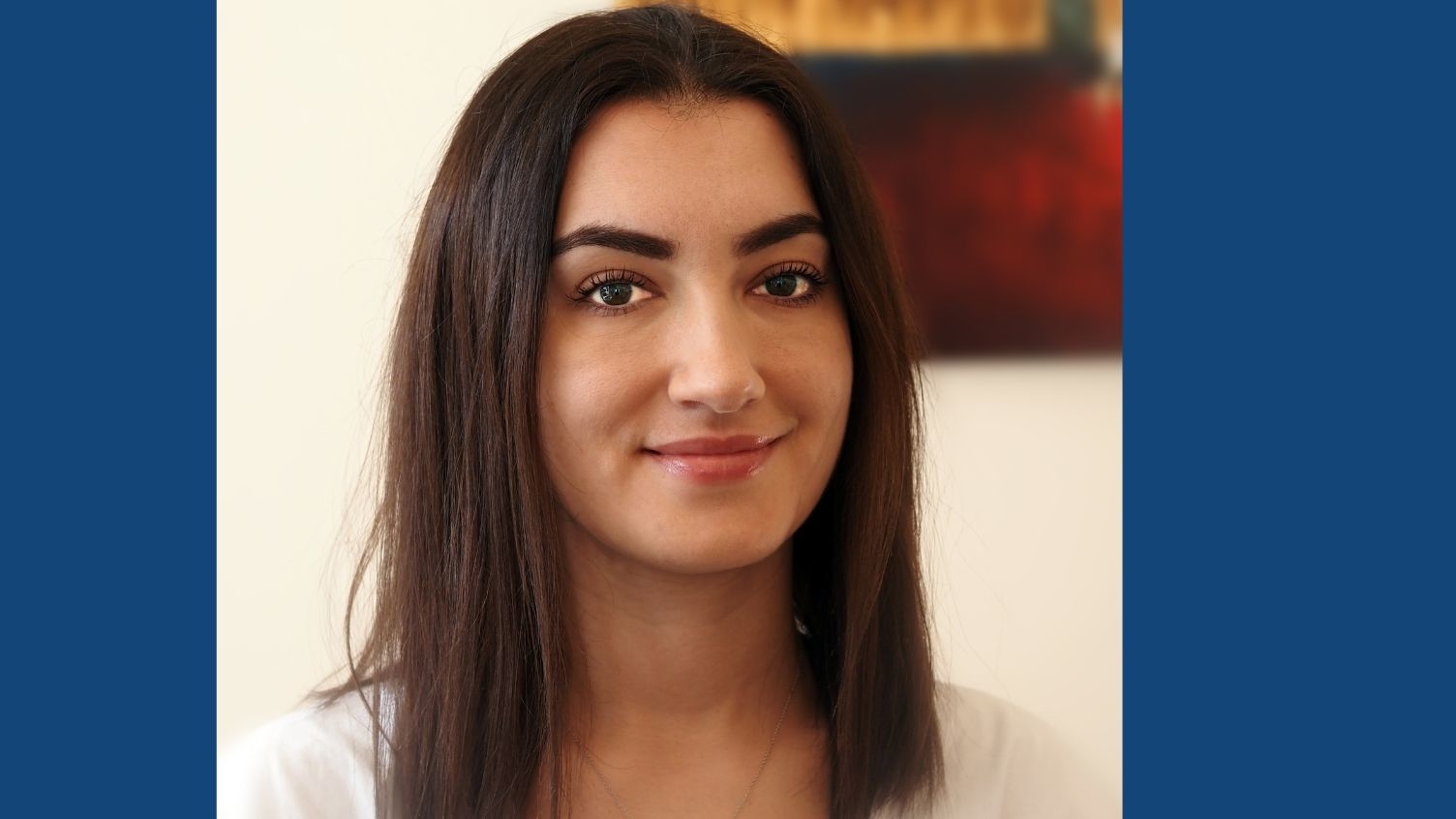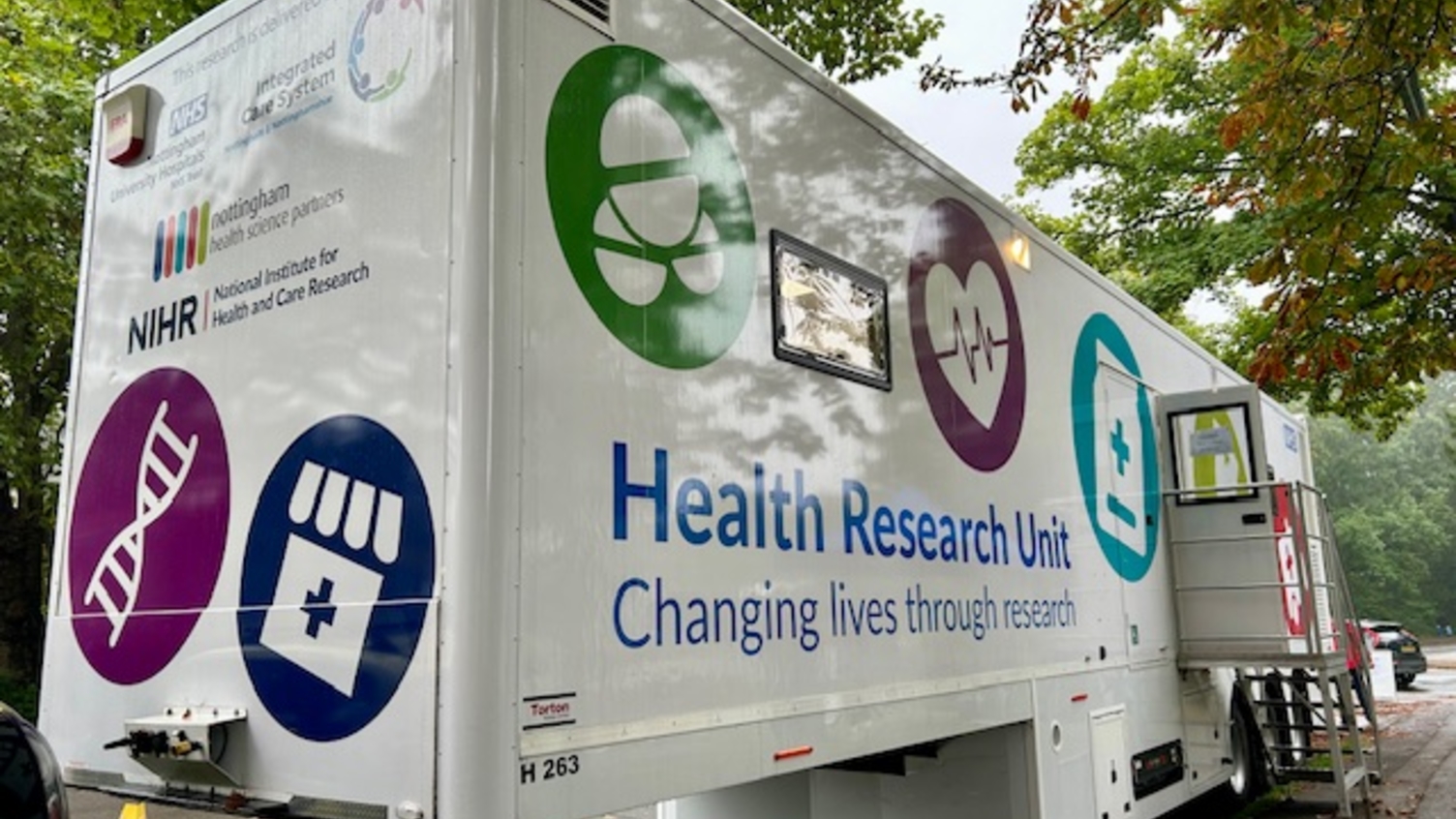Shelley on delivering the FIRST study in south London
- 27 September 2024
- 3 min read
Clinical Research Practitioner shares her experience of working in physiotherapy research.
We spoke to Shelley Campbell, who has a background in Physiotherapy, but now works as a Clinical Research Practitioner with the NIHR Clinical Research Network South London at Guy's and St Thomas' NHS Foundation Trust. She is currently working on the FIRST study, which compares three types of splints used for rehabilitation in people who had finger flexor tendon surgery.
What do you do on the FIRST study?
I support the Hand Therapy Clinic in recruiting participants for the FIRST Study at St Thomas' Hospital. My work includes screening to identify potentially eligible people who have undergone surgical repair of a laceration to their finger flexor tendons. I contact potential participants to explain the study and provide them with information. I then meet them in person in the clinic, answer their questions and, if they decide to take part, receive their consent and support them in completing the baseline questionnaires. I also carry out study-related procedures, including randomisation, data entry, reporting adverse events, resolving data queries, and overseeing the site file. I meet regularly with the principal investigator, keep in touch with the lead study site, and ensure the study follows the protocol and good clinical practice.
What are the aims of the FIRST study?
The FIRST study compares three different types of hand splints used after finger flexor surgery to protect the repair and promote optimal recovery of function. All three splints are in use across the NHS. However, there is insufficient evidence as to whether any of them is better in reducing pain and restoring function, as well as understanding more about what contributes to their effectiveness. The study aims to address these issues and evaluate the cost-effectiveness of these three splints.
What do you enjoy about working on the FIRST study?
I enjoy working in the Hand Therapy Clinic, where the study is integrated into the department and routine care. The hand therapists are very supportive of the study, despite being very busy, having large caseloads, and the study processes taking extra time to complete in a very time-pressured clinic.
Is there anything else you'd like to add?
I'm a physiotherapist by background, and this is a therapist-led study. Although I don't want to work exclusively on physiotherapy studies, working on the FIRST study shows that having people from diverse healthcare backgrounds can enhance the delivery support we provide to different studies.
I was already familiar with a lot of the terminology because of my background (although I did have to revise my hand anatomy and all of the abbreviations used for the bones and joints in the hand!) and, to some extent, the care pathway. This made a big difference, especially at the start of the study, when there was a lot of information to digest and make sense of.
It would be good if, in the future, alongside the research nurses and clinical research practitioners, the NIHR considers research delivery roles and career paths for people from other professional backgrounds, such as allied healthcare professionals. Currently, these roles are limited to research nurses or clinical research practitioners, but there should also be a research allied healthcare professional role.
Find out more about the research on the FIRST study on the Pulvertaft Hand Centre website.
The views and opinions expressed in this blog are those of the authors and do not necessarily reflect those of the NIHR or the Department of Health and Social Care.


